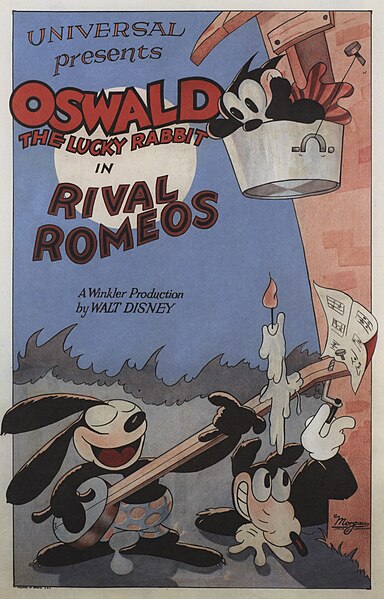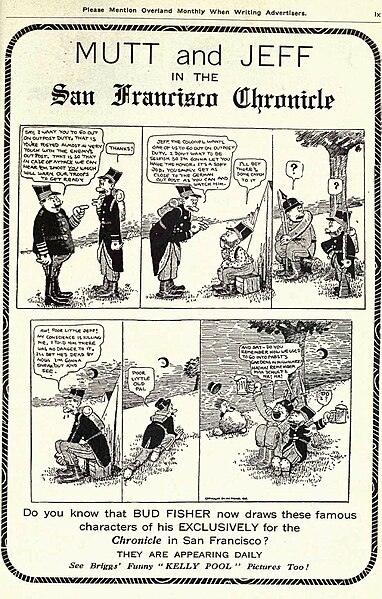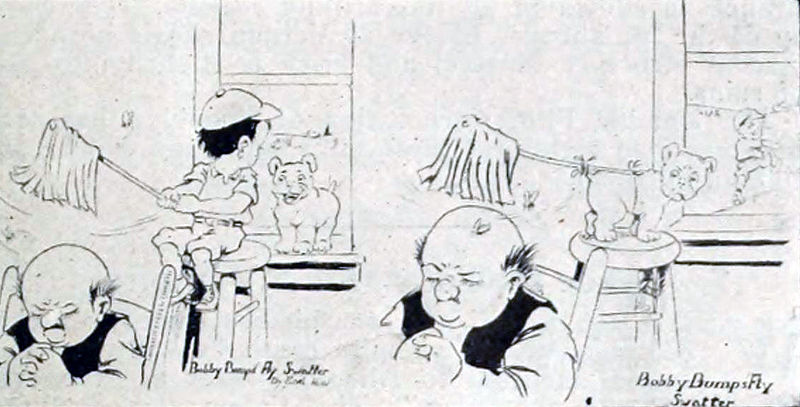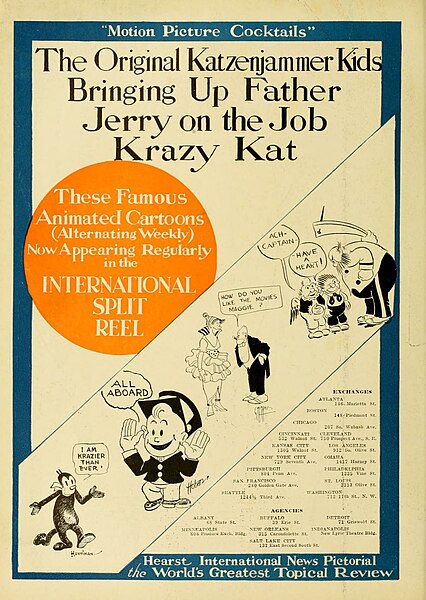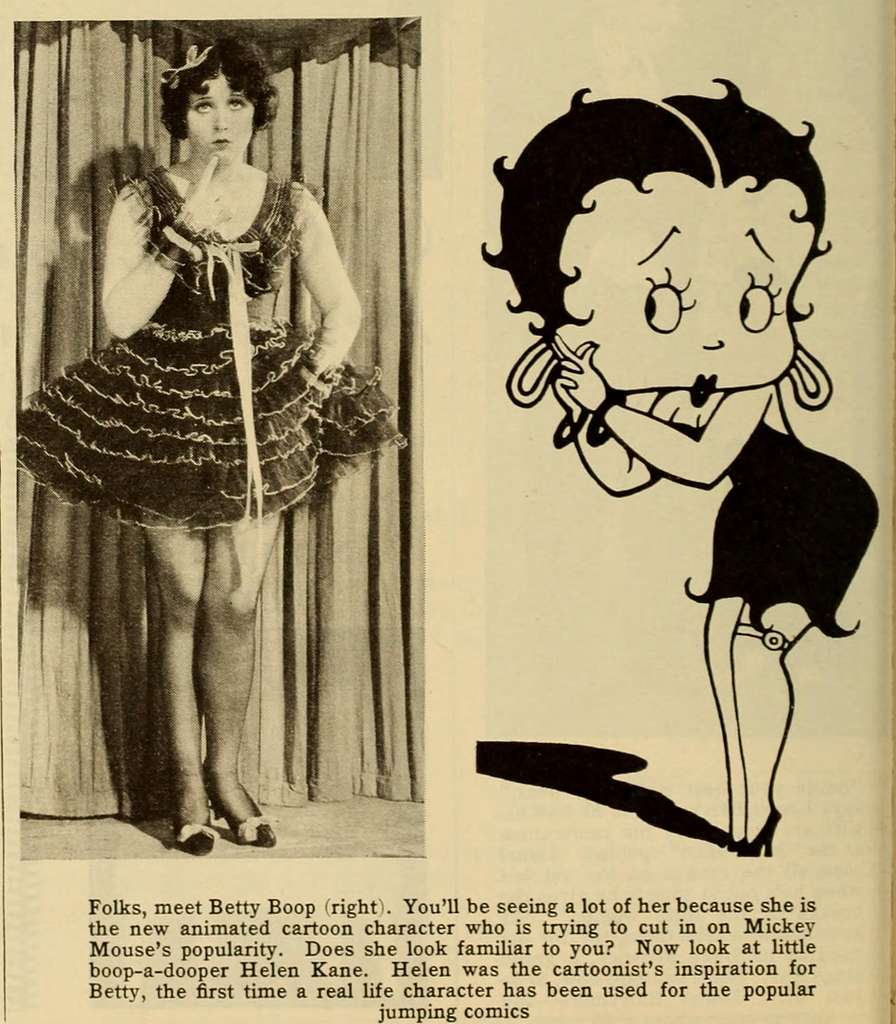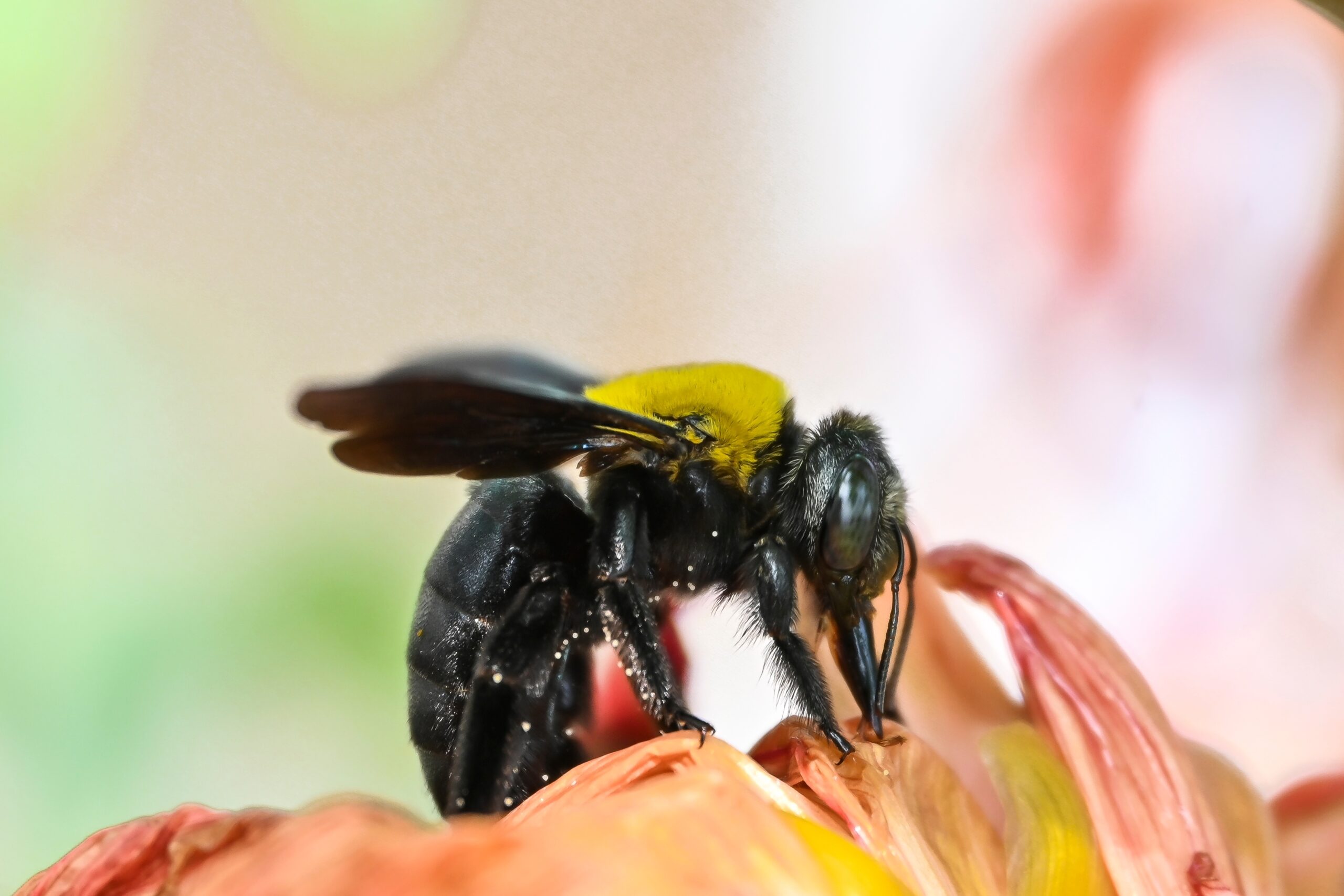The world of animation has come a long way from its humble beginnings, where simple drawings and experimental techniques sparked a revolution in storytelling. Early cartoons were more than just entertainment; they were groundbreaking works that pushed the boundaries of what was possible on screen. From characters like Gertie the Dinosaur and Felix the Cat to the innovative techniques used by creators like Winsor McCay and Max Fleischer, these early animations laid the foundation for the art form we know today. Each cartoon brought something unique, whether it was the first use of synchronized sound or the introduction of unforgettable characters that captivated audiences worldwide.
Gertie the Dinosaur (1914)

Gertie the Dinosaur is celebrated as one of the earliest animated characters to show a distinct personality on screen. Created by Winsor McCay, this cartoon introduced the idea of animation as an art form rather than a technical experiment. Premiering in 1914, Gertie was part of a vaudeville act where McCay interacted with the animated dinosaur, captivating audiences. Through Gertie’s lifelike movements and expressions, McCay showcased groundbreaking animation techniques for the time. The animation was entirely hand-drawn, with over 10,000 individual frames. Gertie playfully interacted with her surroundings, eating, drinking, and even responding to McCay’s commands. Over a century later, Gertie the Dinosaur remains a foundational piece in the history of animation.
Little Nemo (1911)

The cartoon Little Nemo, adapted from Winsor McCay’s comic strip of the same name, is considered one of the oldest American animated films. Debuting in 1911, it showcases McCay’s early experimentations with animation. Through intricate linework and imaginative scenes, Little Nemo demonstrated the possibilities of animated storytelling. It is a short but visually rich depiction of Nemo’s adventures, using vibrant colors and dream-like sequences. The animation required an extensive amount of labor, with each frame meticulously hand-drawn. Though just four minutes long, it captivated audiences with its playful sense of fantasy. This work marked the beginning of McCay’s influence on animation’s evolution.
Humorous Phases of Funny Faces (1906)
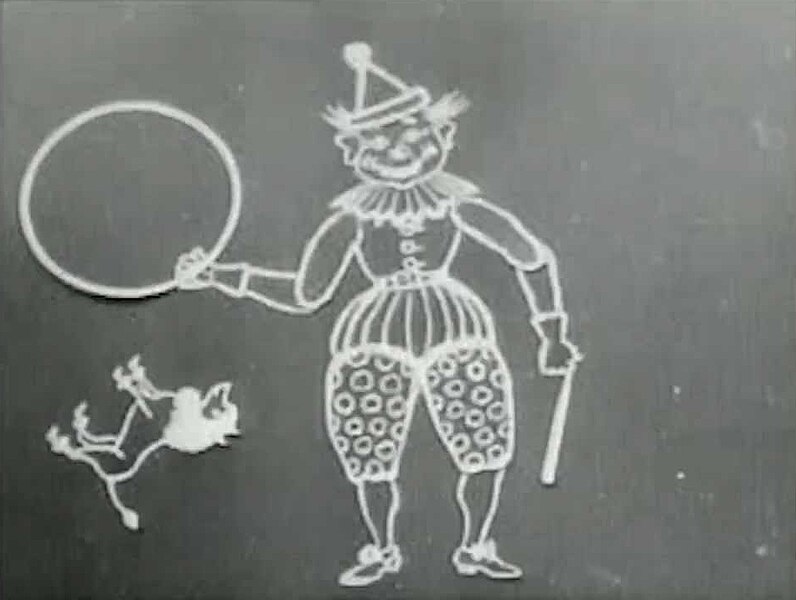
Released in 1906, Humorous Phases of Funny Faces by J. Stuart Blackton is often credited as the first animated film. Blackton, a cartoonist and filmmaker, experimented with stop-motion and chalkboard illustrations, creating a simple yet groundbreaking work. The cartoon features faces that change expressions and interact humorously with each other. With his innovative use of stop-motion techniques, Blackton brought the inanimate to life, introducing audiences to the concept of animated sequences. The film is just over three minutes long, yet it opened doors for future animation developments. Despite its simplicity, it achieved a level of expressiveness that fascinated viewers of the time. This short animation laid the groundwork for countless animated films to follow.
Fantasmagorie (1908)
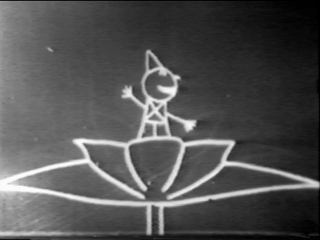
Émile Cohl’s Fantasmagorie, created in 1908, is frequently cited as the first true animated cartoon. This French film features a character interacting with abstract, morphing objects in a surreal dreamscape. Using black lines on white paper, Cohl crafted a playful, experimental world that captured early cinema-goers’ imaginations. The animation runs for about two minutes, showcasing hand-drawn line art that morphs into different shapes and scenes. It was a complex and time-consuming process, as Cohl drew each frame individually. The cartoon is a whimsical journey of bizarre transformations and visual gags, unlike anything seen before. Fantasmagorie became a pioneering force, influencing the development of animated storytelling.
The Adventures of Prince Achmed (1926)
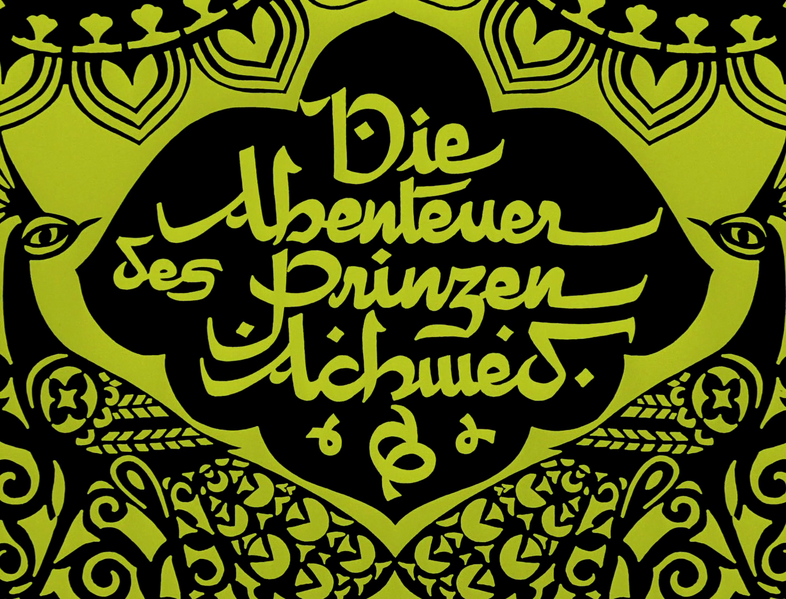
The Adventures of Prince Achmed is notable as the oldest surviving animated feature film, created by German filmmaker Lotte Reiniger in 1926. It uses silhouette animation, where characters and scenes are cut from paper and placed on illuminated glass. The story draws from The Arabian Nights, featuring a young prince’s journey through magical realms. Reiniger’s intricate cut-out animation technique created an atmospheric, shadowy visual style. The film took three years to complete, owing to the meticulous detail required for each frame. Despite being nearly a century old, its artistic approach still feels innovative. Prince Achmed remains an enduring testament to Reiniger’s pioneering vision in animation.
Felix the Cat (1919)
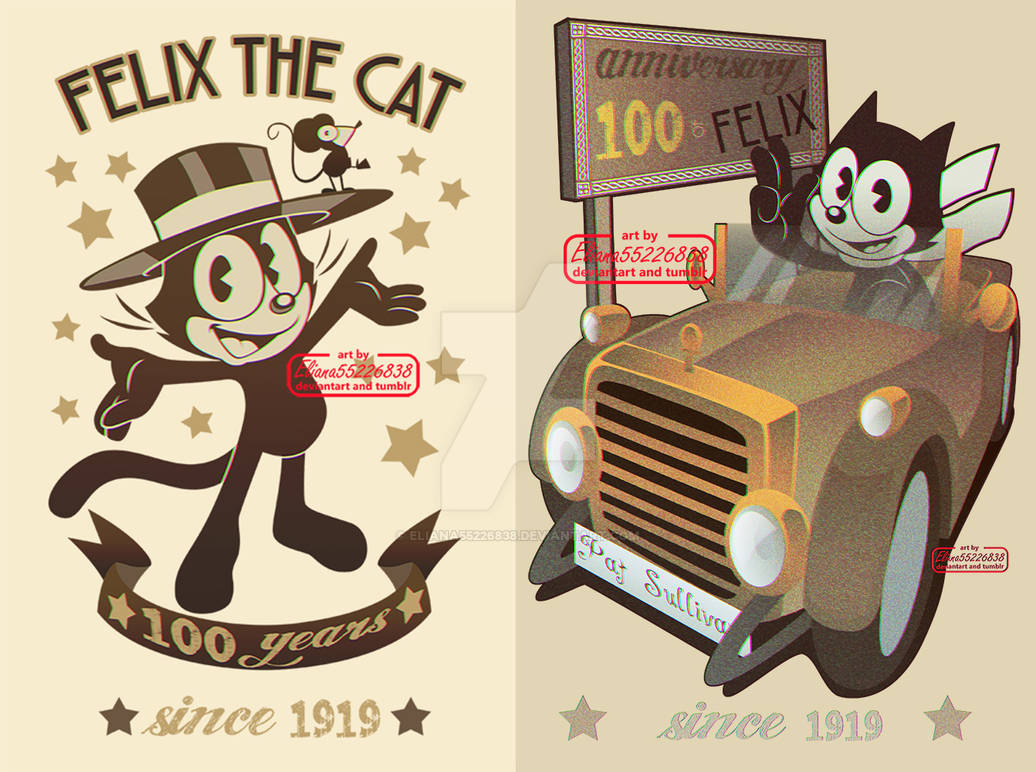
Felix the Cat made his debut in 1919, quickly becoming one of the most famous cartoon characters of the silent film era. Created by Pat Sullivan and Otto Messmer, Felix was known for his mischievous nature and surreal adventures. The simple yet expressive design allowed Felix to convey emotion without dialogue, a skill critical to his popularity. Felix’s episodes are full of whimsical humor and clever visual tricks, captivating audiences worldwide. As the first animated character to become a pop culture icon, Felix opened doors for character-driven cartoons. His success led to merchandise, a comic strip, and even a revival years later. Felix remains a beloved character, representing the origins of animated storytelling.
Koko the Clown (1919)
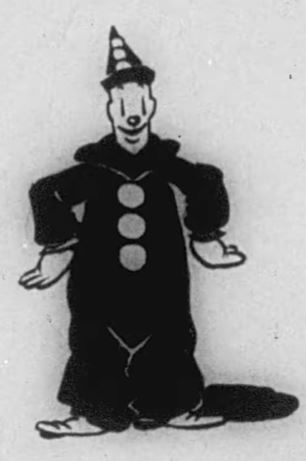
Out of the Inkwell, featuring Koko the Clown, was a revolutionary cartoon series beginning in 1919, created by Max Fleischer. This series blended live-action footage with animation, showing the animated clown interacting with the real world. Fleischer used a technique called “rotoscoping,” tracing live-action footage to create fluid, realistic movements. Koko’s adventures were full of slapstick humor, often involving interactions with Fleischer himself. The innovation of Koko’s animation influenced both contemporary and future animators. Each short was a playful exploration of the interaction between the drawn and real worlds. Out of the Inkwell became a staple of early animation for its technical ingenuity.
Steamboat Willie (1928)
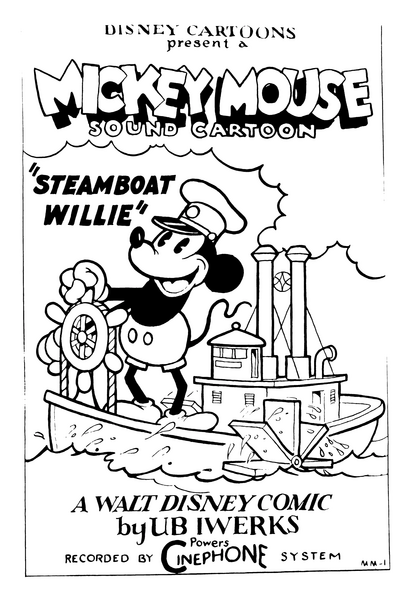
Steamboat Willie, featuring Mickey Mouse, premiered in 1928 and marked a milestone as the first cartoon with synchronized sound. Created by Walt Disney and Ub Iwerks, it introduced audiences to Mickey’s cheerful personality and Disney’s commitment to sound innovation. The animation, music, and sound effects were synchronized, creating a lively, rhythmic cartoon. This technical accomplishment made Steamboat Willie an instant success and propelled Disney to fame. Mickey’s antics, like steering the boat to a lively tune, showcased Disney’s approach to blending humor with music. As Mickey’s debut, this cartoon laid the foundation for Disney’s future success in animation. Over time, it has become one of the most iconic animated shorts in history.
Alice Comedies (1924)
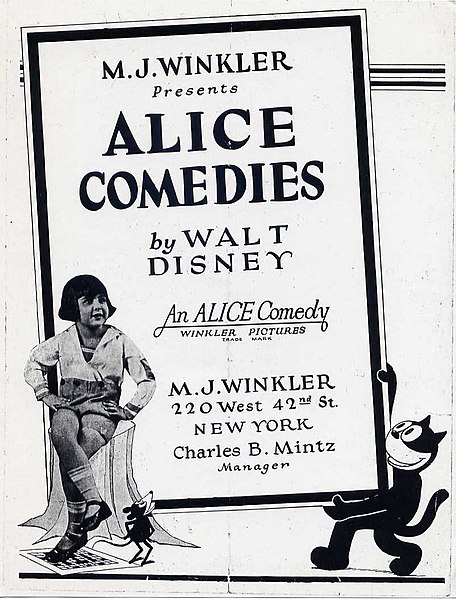
The Alice Comedies series, created by Walt Disney in 1924, featured a unique blend of live-action and animation. It stars a young girl named Alice who ventures into animated worlds filled with whimsical characters. Disney experimented with combining real actors and animated settings, creating a novel storytelling format. These shorts allowed Disney to showcase his early skills in character animation and narrative structure. Although not as refined as his later works, the series demonstrated his creativity and ambition. Alice Comedies was Disney’s first big project, laying the groundwork for his future in animation. This series is remembered for its innovation in combining two filmic styles.
Pollinators play a vital role in global agriculture, ensuring the growth of crops that feed both humans and livestock. Many species responsible for this essential task are now endangered due to habitat loss, pesticide use, and climate change. Read more.
Exotic flowers have a way of captivating people with their vibrant colors and unusual shapes. Some species are not confined to one region but bloom across multiple climates and continents. Read more.
Dogs have been companions to humans for thousands of years, with some breeds standing the test of time and remaining largely unchanged. These ancient breeds offer a glimpse into the history and evolution of our canine friends. Read more.

